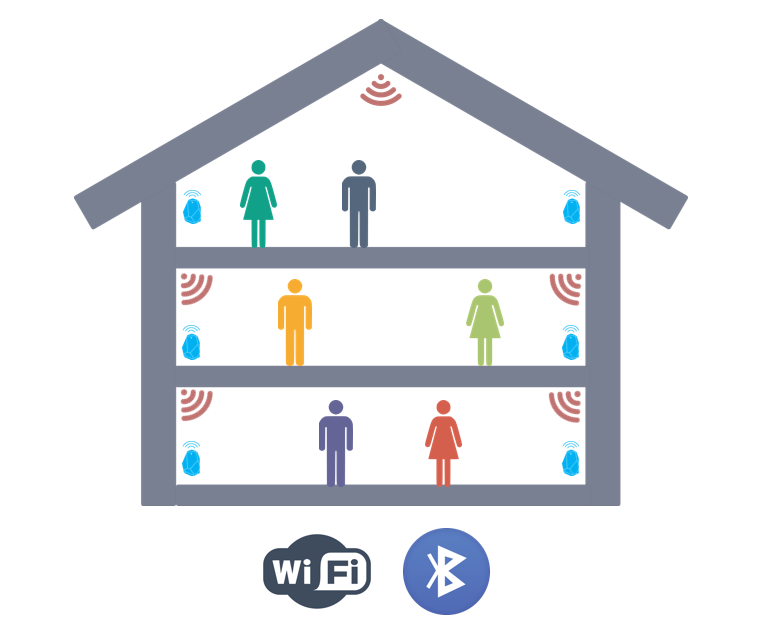
This article discusses the advantages and disadvantages of using Bluetooth modules in smart home networks, and provides an overview of the Thread standard. – Bluetooth is a wireless communication protocol that allows devices to connect and share data. This technology is increasingly being used in smart home networks as it allows users to easily connect their smart devices, such as TVs, smartphones, tablets, and other fi enabled devices. This technology can also be used to share your internet connection with your modem or router. Additionally, Bluetooth uses radio waves to transmit data between two or more devices within range of each other.
It works best in a limited geographical area, like a home or office building. By connecting computers and other devices via a wi-fi network or wireless router, Bluetooth technology allows users to access the internet connection and share a common communications line. This technology can also be used to connect computers, tablets, smartphones and other devices with multiple users in the same local area network (LAN). With Bluetooth, users can share files between computers or tablets and smartphones without having to establish a separate line wireless link.
Bluetooth LE (Low Energy) is a special form of Bluetooth that enables wireless personal area networks for devices with low power consumption. The latest version of this technology, called Bluetooth 5.0, has been released by SIG, and it provides simpler and faster connections between devices. Additionally, its new “mesh” specification enables multiple devices to be connected to each other in a network, providing novel applications such as home automation. Through this Bluetooth SIG specification, many device communications can be enabled with low energy consumption and short ranges.
This technology is useful for many things, including other Bluetooth devices, devices using Bluetooth technology, and using Bluetooth mesh profiles. This can be used to create a smart home by incorporating Bluetooth technology into the home. Mesh profiles use Bluetooth to allow wireless communication between all devices in the home, making them easier to control and use. These devices also use wireless technology such as Wi-Fi and BLE which operate a wireless transmitter.
A Bluetooth module can be used to connect IoT devices, such as smart plugs, hubs, sensors and thermostats to a Smart Home gateway. This includes devices like Smart Plugs which allow users to control the power of appliances through a mobile app or voice commands. The Smart Gateway is the primary controller for these non-IP networked devices, and will communicate with the connected devices through a Zigbee or Z-Wave network. The connected devices can include applications such as lighting controls, locks and thermostats. This allows users to monitor their home from anywhere with an internet connection. The Bluetooth module is also used in Smart Plugs which allow users to control the power of appliances from any outlet.
It is one of the most used connectivity standards for Smart Home devices and offers a natural communication channel for today’s smartphones, tablets and other devices. Its ubiquity in the market makes it an ideal choice for home connectivity and taking advantage of its vast ecosystem is arguably the most important differentiator between a Smart Home device and a regular home device. The key reason why Bluetooth has become so popular is its ubiquity in the market, thanks to the Bluetooth Standards Alliance which has been pushing out more efficient and secure standards to maintain its ecosystem. As such, it is no surprise that Bluetooth module remains as one of the key components in today’s Smart Home products.
As a professional manufacturer of Bluetooth modules, Tecksay has independently developed and produced a number of Bluetooth modules that have been applied to many industries. With more than ten years of industry experience, Tecksay can customize Bluetooth module embedded solutions for customers from design, project management, function customization, system development and other aspects.



